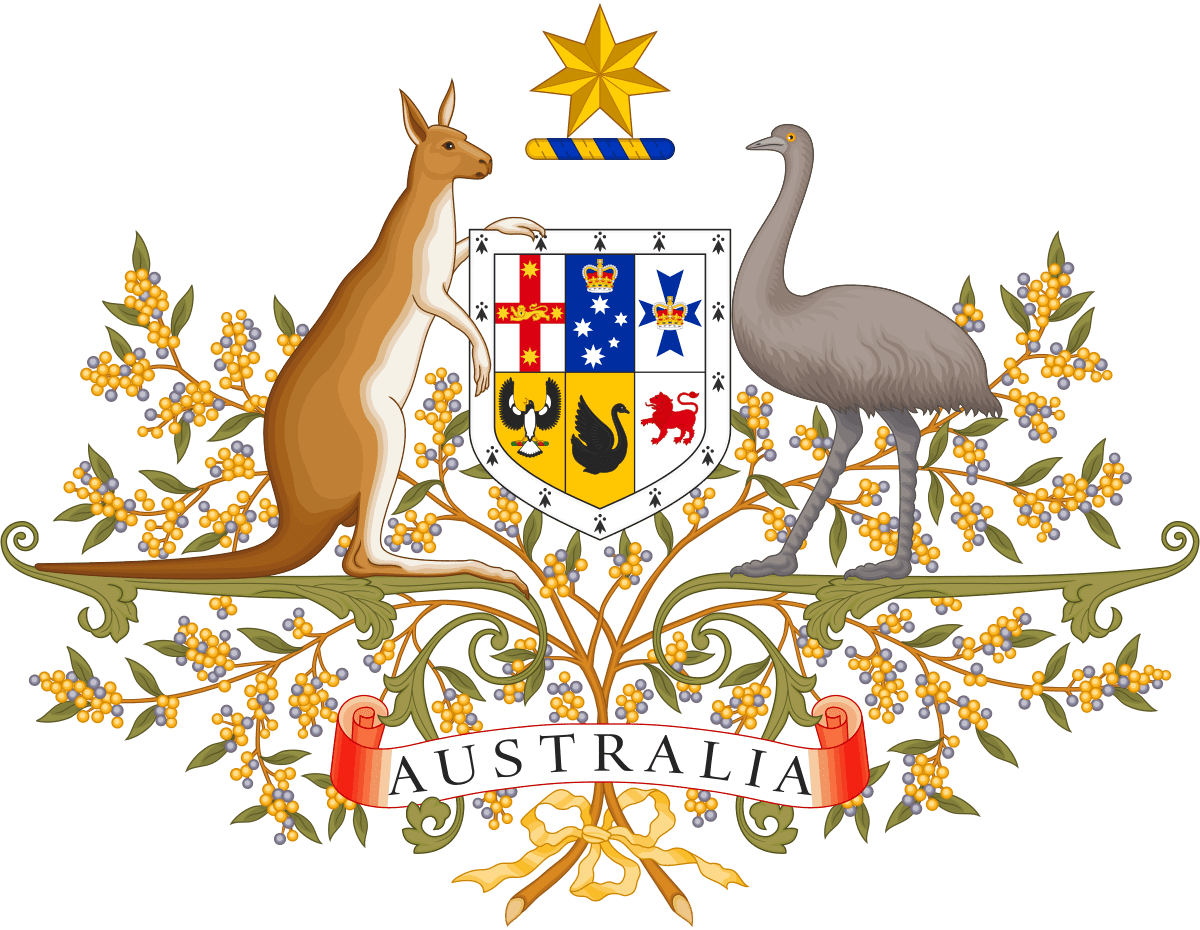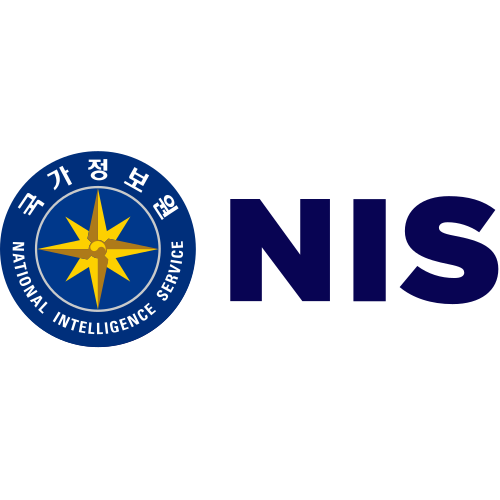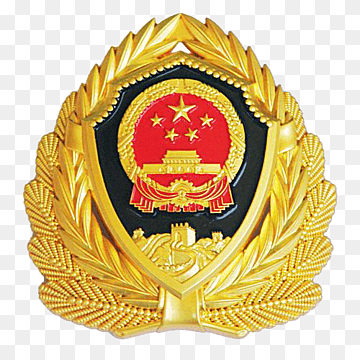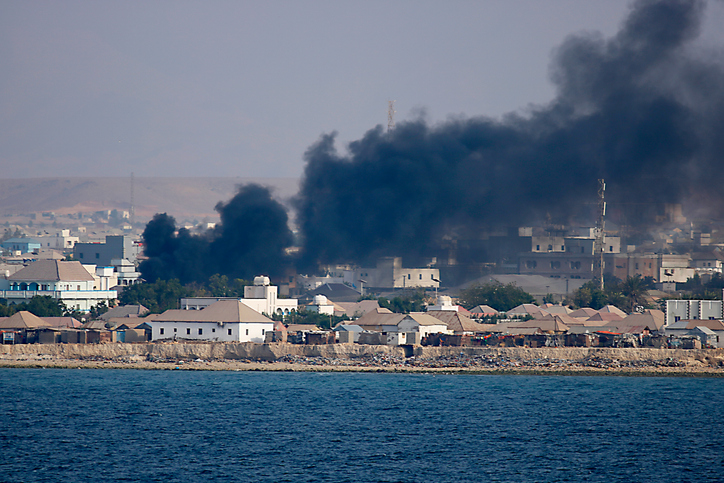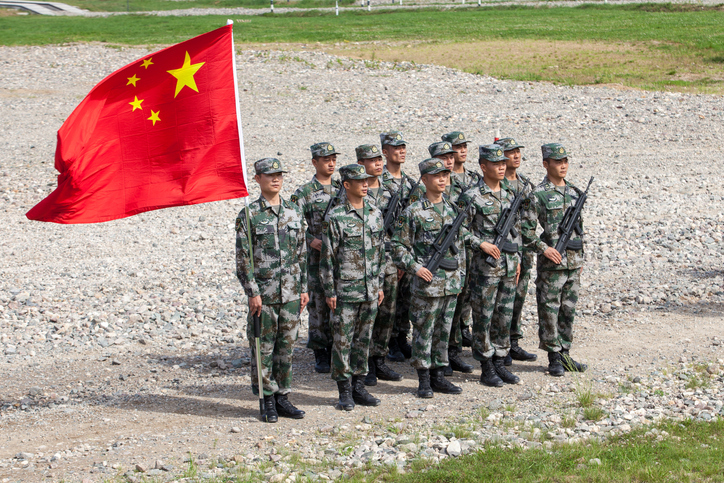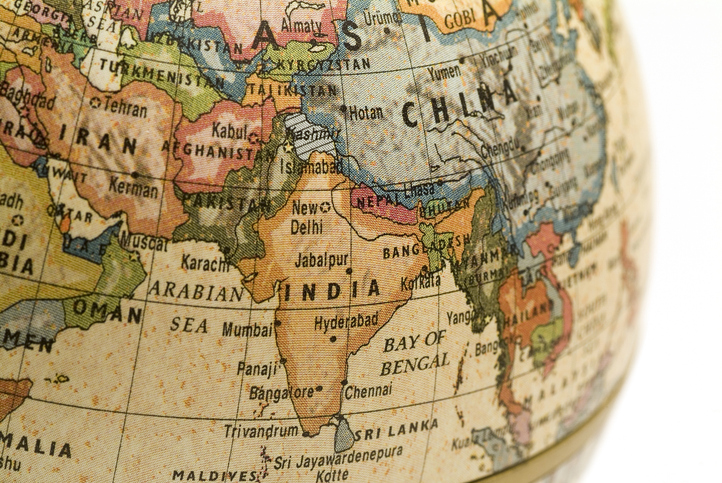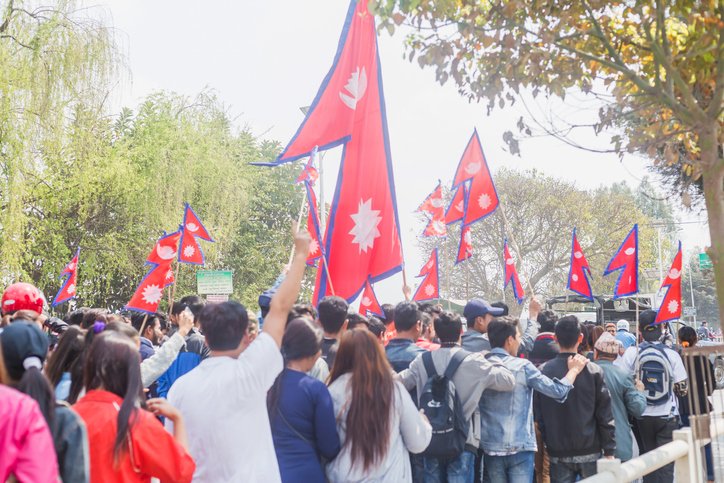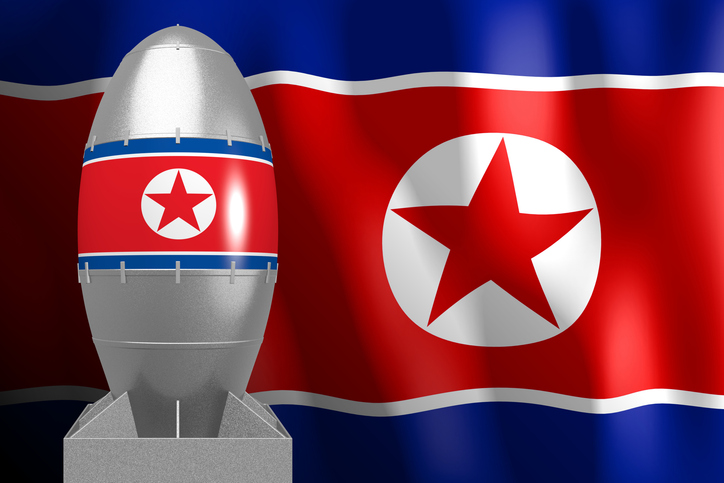
Posted On : Nov 29 2020
Unravelling the Complex History of Hezb-e-Islami Gulbuddin (HIG)
Hezb-e-Islami Gulbuddin (HIG), a prominent Afghan militant group, has left an indelible mark on the country`s turbulent history.
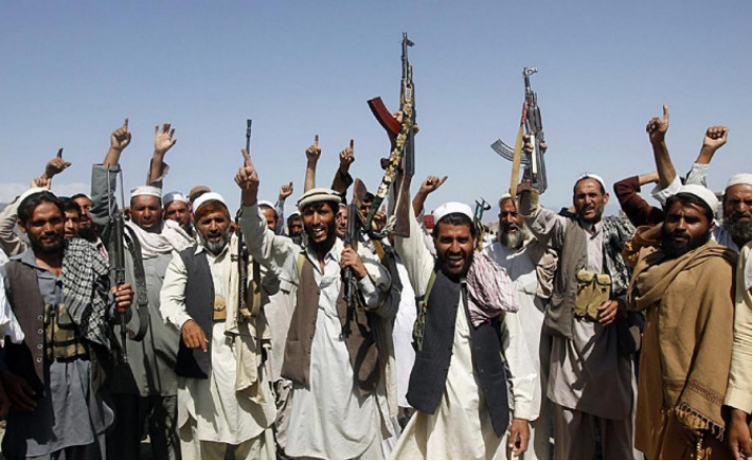
Founded by Gulbuddin Hekmatyar in the late 1970s, the organization has been a significant player in Afghanistan's political and armed struggles. With a history spanning several decades, the group's trajectory is a complex interplay of ideology, alliances, and geopolitical dynamics.
Historical Evolution
HIG emerged during Afghanistan's Soviet invasion in the late 1970s, positioning itself as a resistance force against the foreign occupation. Led by Gulbuddin Hekmatyar, the group advocated for a radical interpretation of Islam and aimed to establish an Islamic state in Afghanistan. During this period, HIG aligned with other Afghan resistance factions and received support from various external actors, including the United States and Pakistan.
Shifting Alliances
As Afghanistan's political landscape evolved, so did HIG's alliances. The group's relationship with other Afghan factions and external supporters often shifted, driven by a combination of ideological differences and geopolitical considerations. This fluidity sometimes led to clashes with rival factions, including the Taliban.
The Taliban Factor
The rise of the Taliban in the 1990s altered the dynamics of Afghan politics and conflict. HIG found itself at odds with the Taliban, engaging in battles for control over territory and influence. The group's stance against the Taliban's strict interpretation of Islam and its resistance to the Taliban's rule underscored its commitment to its own ideological path.
Post-9/11 Era
The events of September 11, 2001, further transformed HIG's trajectory. Following the U.S. invasion of Afghanistan, HIG's leadership went through a period of internal divisions. While some members reconciled with the new Afghan government, others continued armed resistance against foreign forces, including coalition troops and NATO.
Peace Process and Reconciliation
In recent years, HIG has expressed willingness to engage in peace talks and reconcile with the Afghan government. Amid efforts to find a negotiated settlement to the ongoing conflict, the group has attempted to shed its image as a purely militant organization and transition into a political entity.
Conclusion
Hezb-e-Islami Gulbuddin's journey reflects the intricate tapestry of Afghanistan's history over the past few decades. From its origins as a resistance force against foreign occupation to its shifting alliances and ideological clashes, the group's trajectory has been marked by complexity and adaptability. As Afghanistan navigates its path towards stability and peace, the role of HIG serves as a reminder of the multifaceted nature of conflict, politics, and the pursuit of an enduring resolution.
No Comments Added





